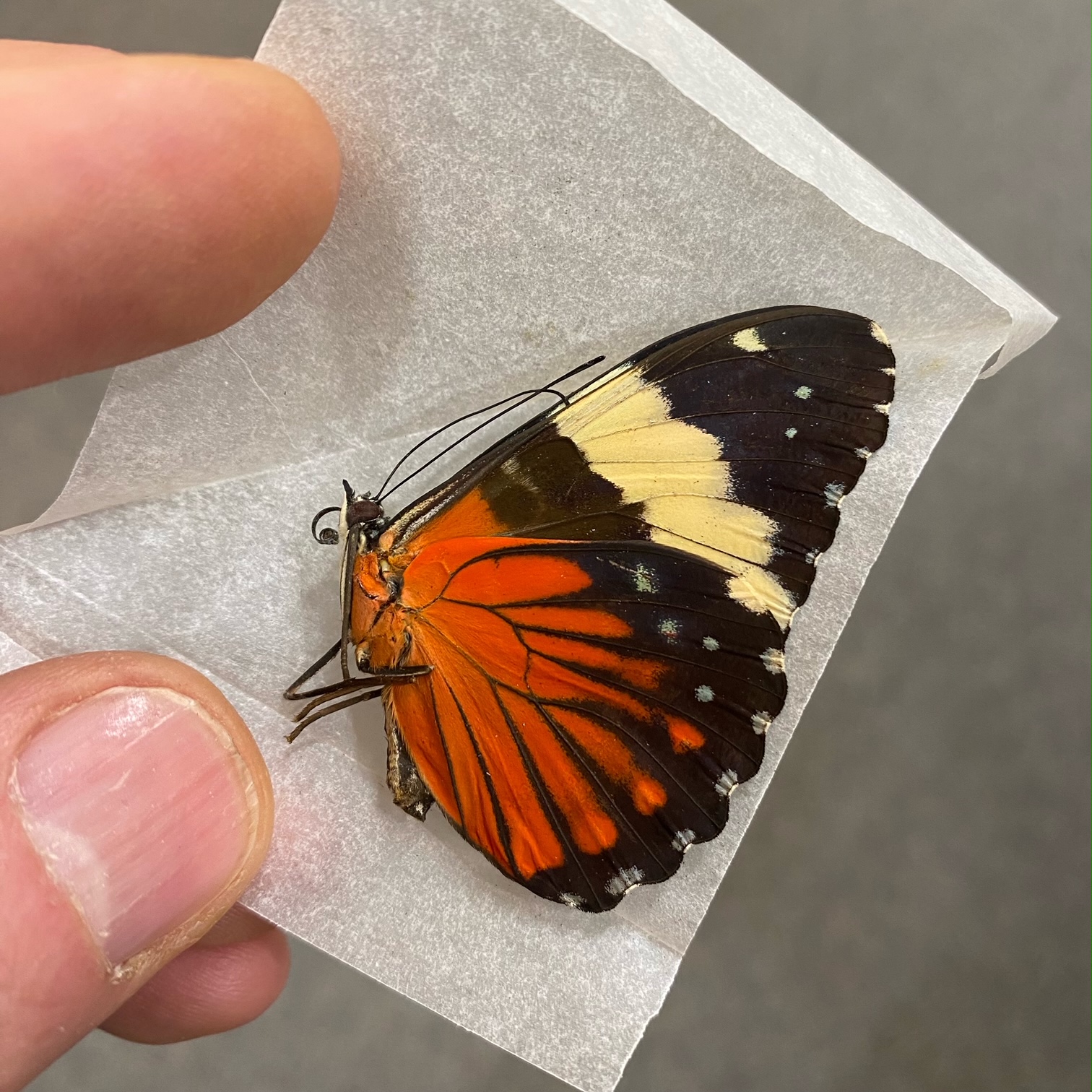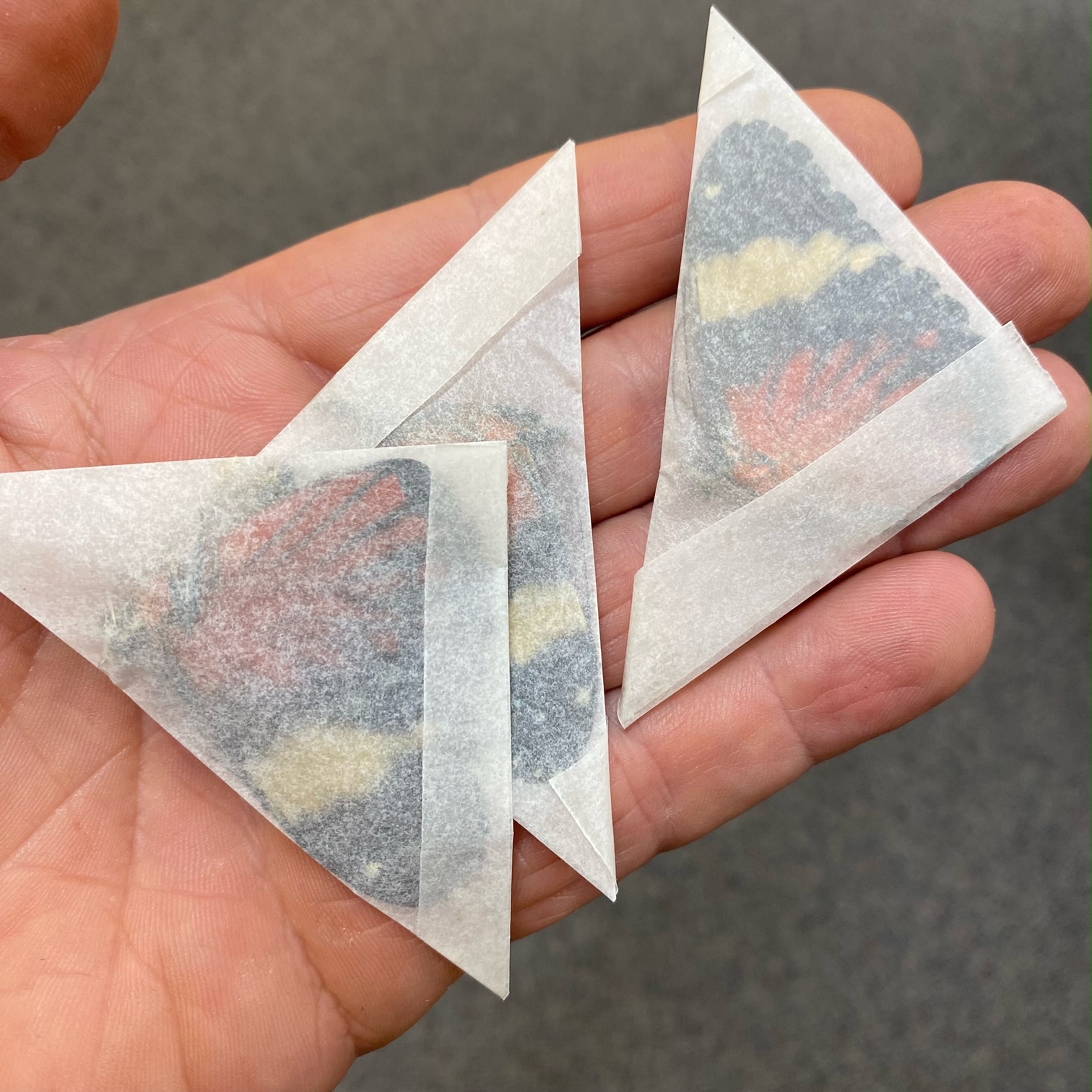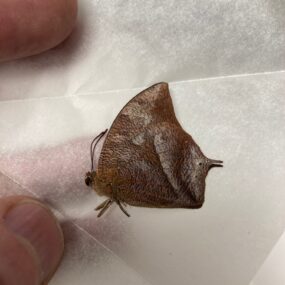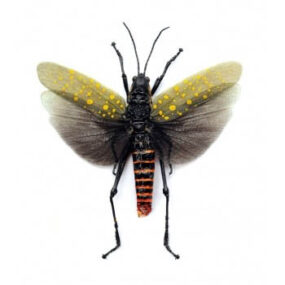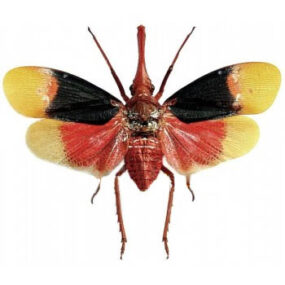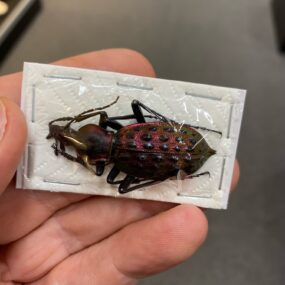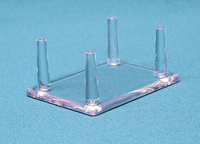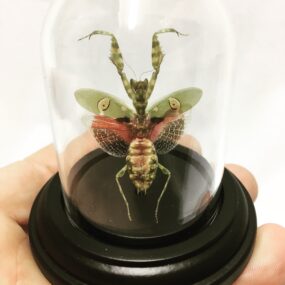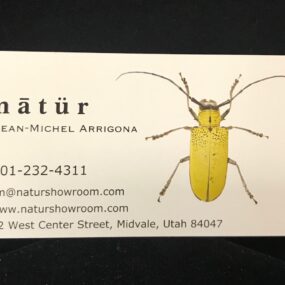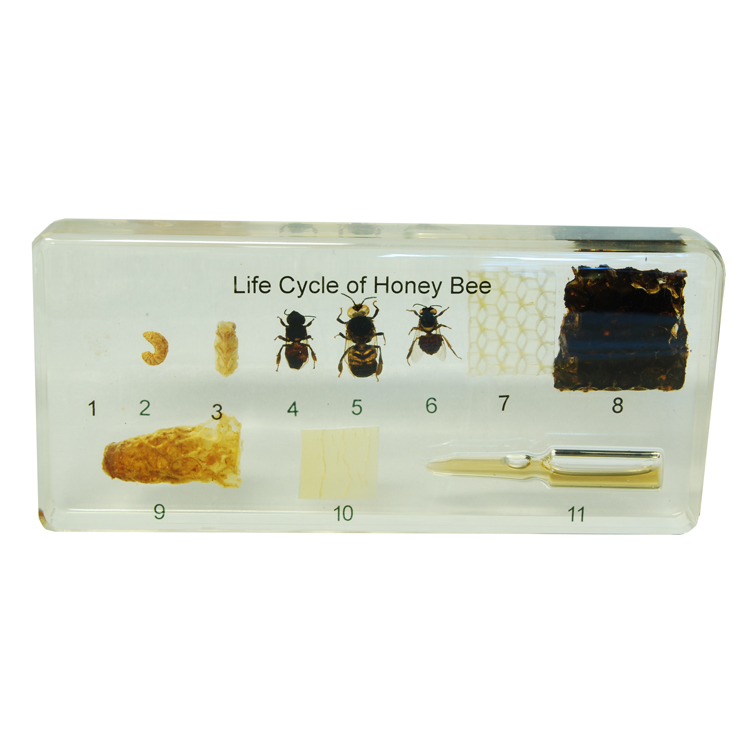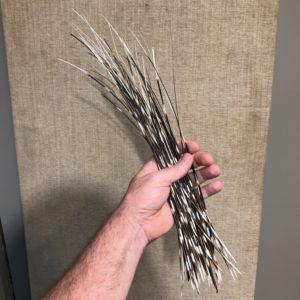Description
The *Hamadryas arinome*, commonly known as the turquoise cracker butterfly, is a striking species found primarily in the tropical and subtropical regions of South America, particularly in Peru. It belongs to the subfamily Heliconiinae within the family Nymphalidae. This butterfly is noted for its vibrant coloration and unique behaviors. Here are some key aspects about it:
### Physical Description:
– **Wingspan**: Typically around 60–75 mm.
– **Upper Side**: The forewings are a rich dark brown or black with light blue-green and white coloration, which gives the butterfly its “turquoise” appearance. The hindwings are also brown but have a striking blue or greenish sheen, especially under sunlight. The edges of the wings often have dark markings.
– **Underside**: The underside is more muted and cryptic, usually a brownish color with white and orange patterns that help camouflage the butterfly when it’s at rest.
### Habitat and Distribution:
– *Hamadryas arinome* is primarily found in the lowland and montane forests of South America, specifically in Peru, and also in other areas of the Amazon Basin, including parts of Ecuador and Colombia.
– It thrives in tropical forests, particularly in areas with abundant understory vegetation and open spaces where sunlight can filter through.
### Behavior and Ecology:
– **”Cracker” Behavior**: The common name “cracker” refers to the butterfly’s distinctive behavior of producing a sharp, cracking sound. This sound is made when the butterfly rapidly snaps its wings as a defense mechanism or to signal its presence to other butterflies.
– **Resting Position**: Like many *Hamadryas* species, the turquoise cracker often rests with its wings held vertically, which helps it blend into the tree bark or leaf litter. This posture, combined with its cryptic coloration, makes it difficult to spot.
– **Feeding**: As an adult, *Hamadryas arinome* feeds on rotting fruit and occasionally tree sap. The larvae feed on a variety of plants, including species from the families Malpighiaceae and Passifloraceae.
### Reproductive Behavior:
– The butterfly’s mating behavior involves territorial and courtship displays. Males are known to be quite territorial, often defending a small area where they patrol and attempt to ward off other males.
– Females are typically attracted to males that are actively displaying or defending territories.
### Conservation Status:
– While the turquoise cracker butterfly is not listed as endangered, its habitat is subject to the threats of deforestation and habitat destruction in certain regions of the Amazon. However, it’s not currently a species of major conservation concern.
In summary, the *Hamadryas arinome* is a fascinating butterfly known for its brilliant turquoise wings, its “cracking” wing behavior, and its preference for lowland tropical forests in South America. It’s a prime example of how butterflies have evolved unique adaptations for camouflage and defense.


